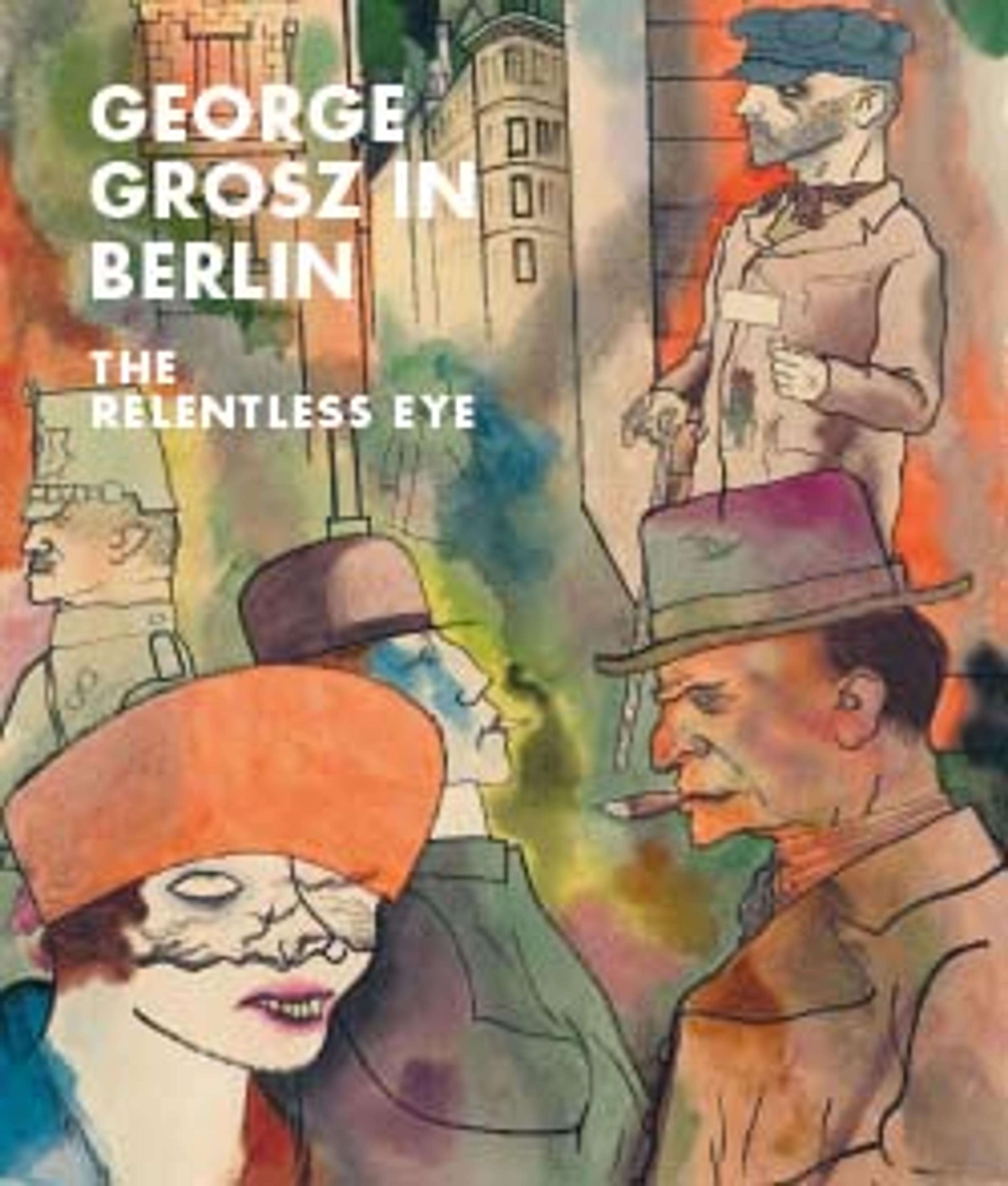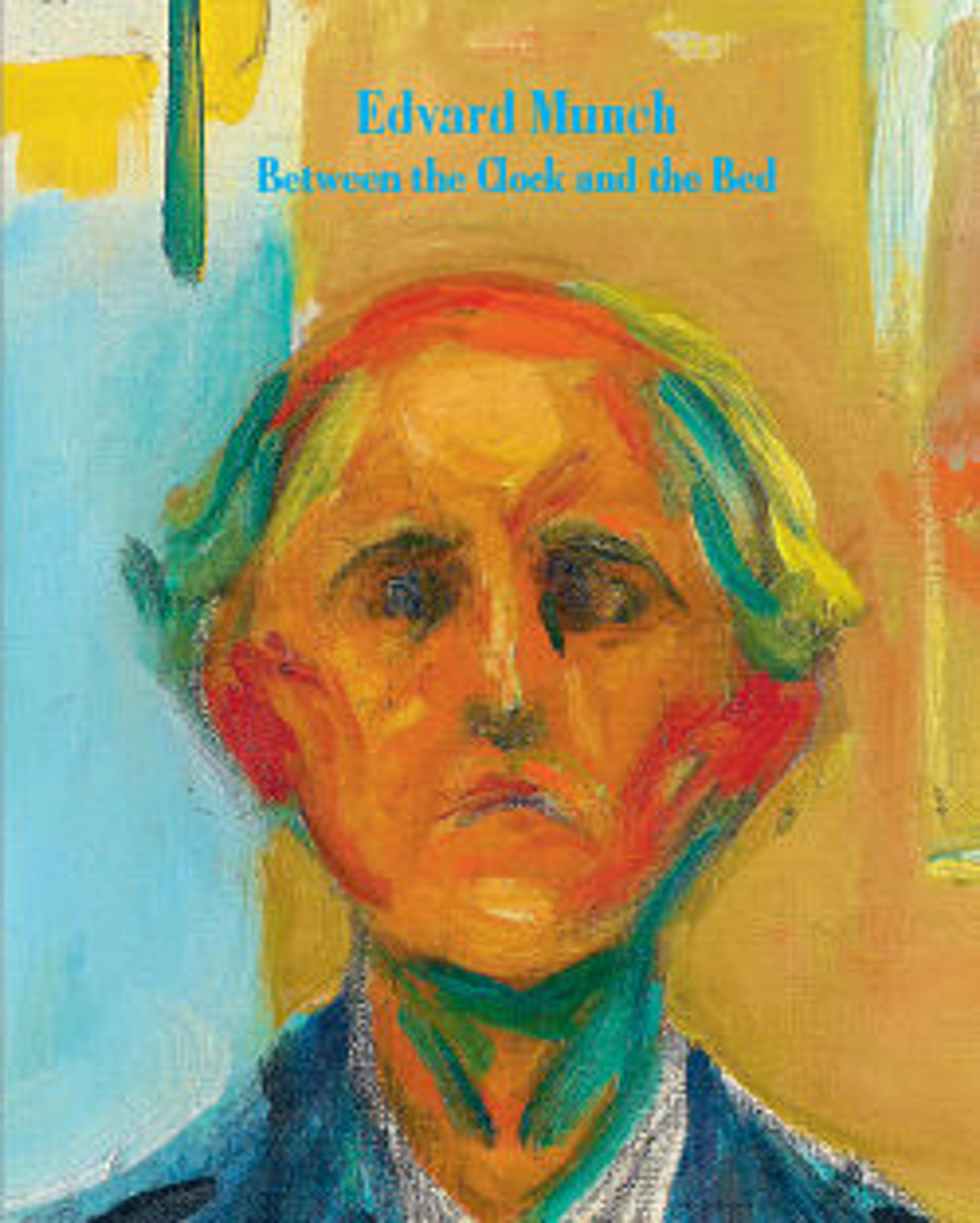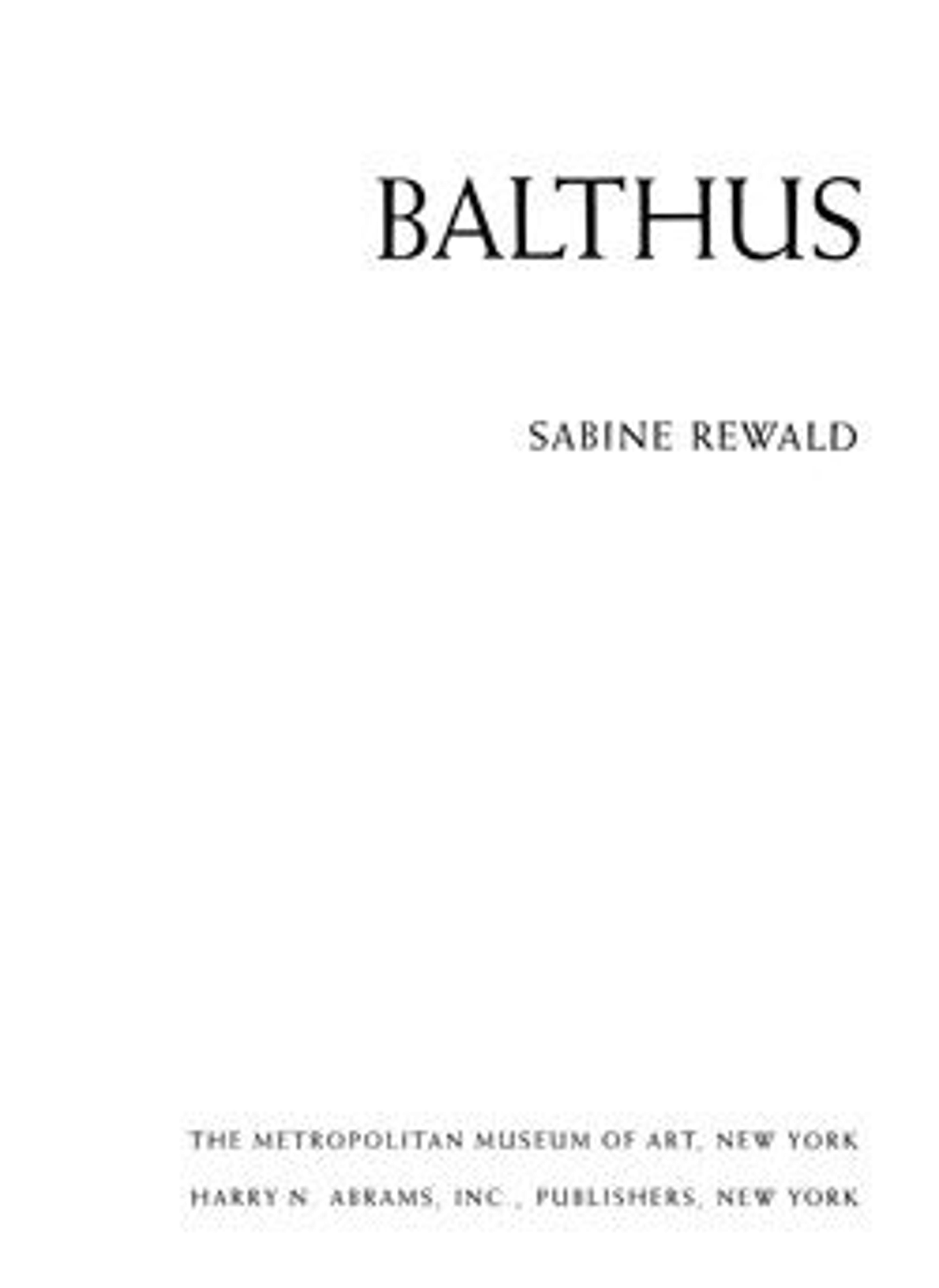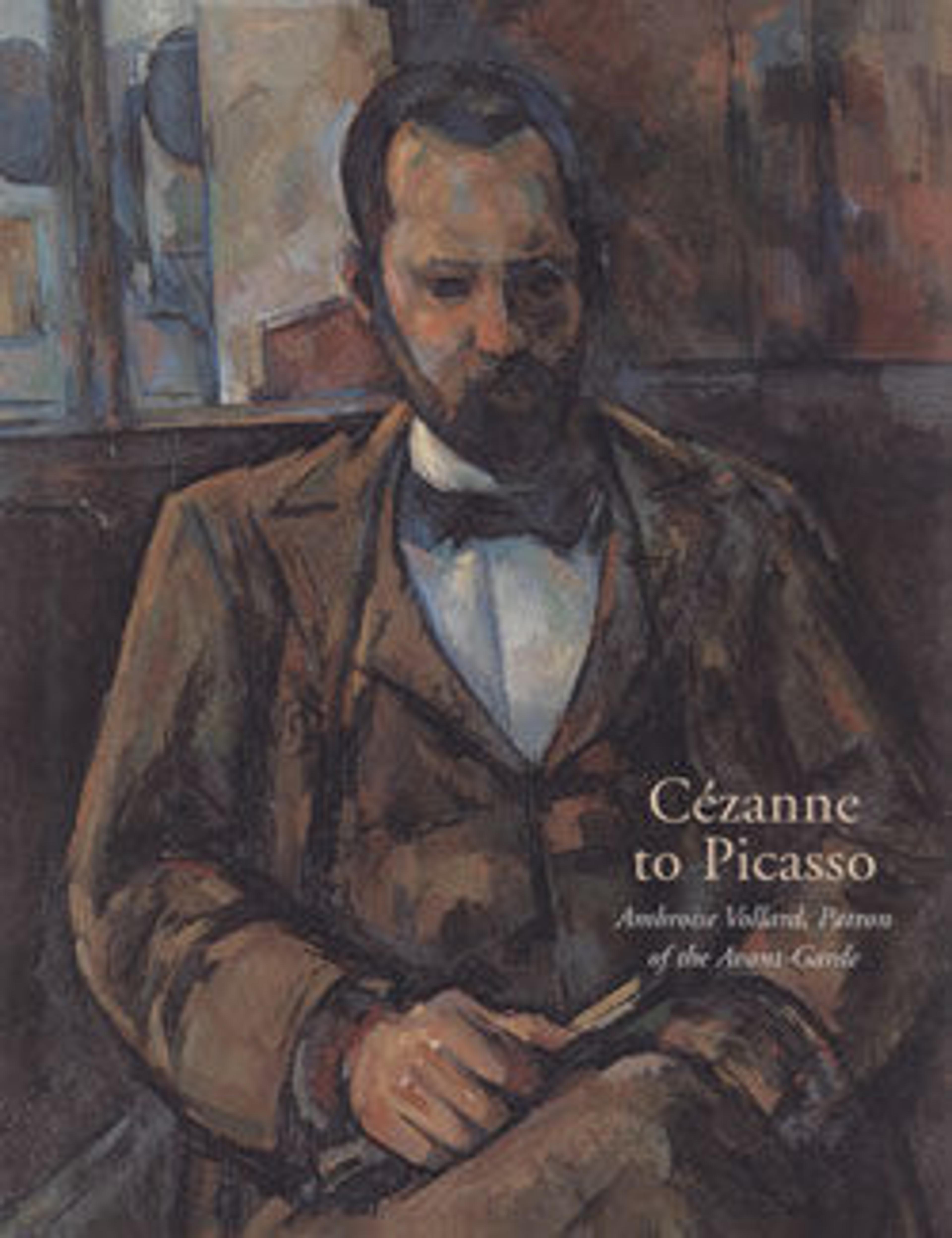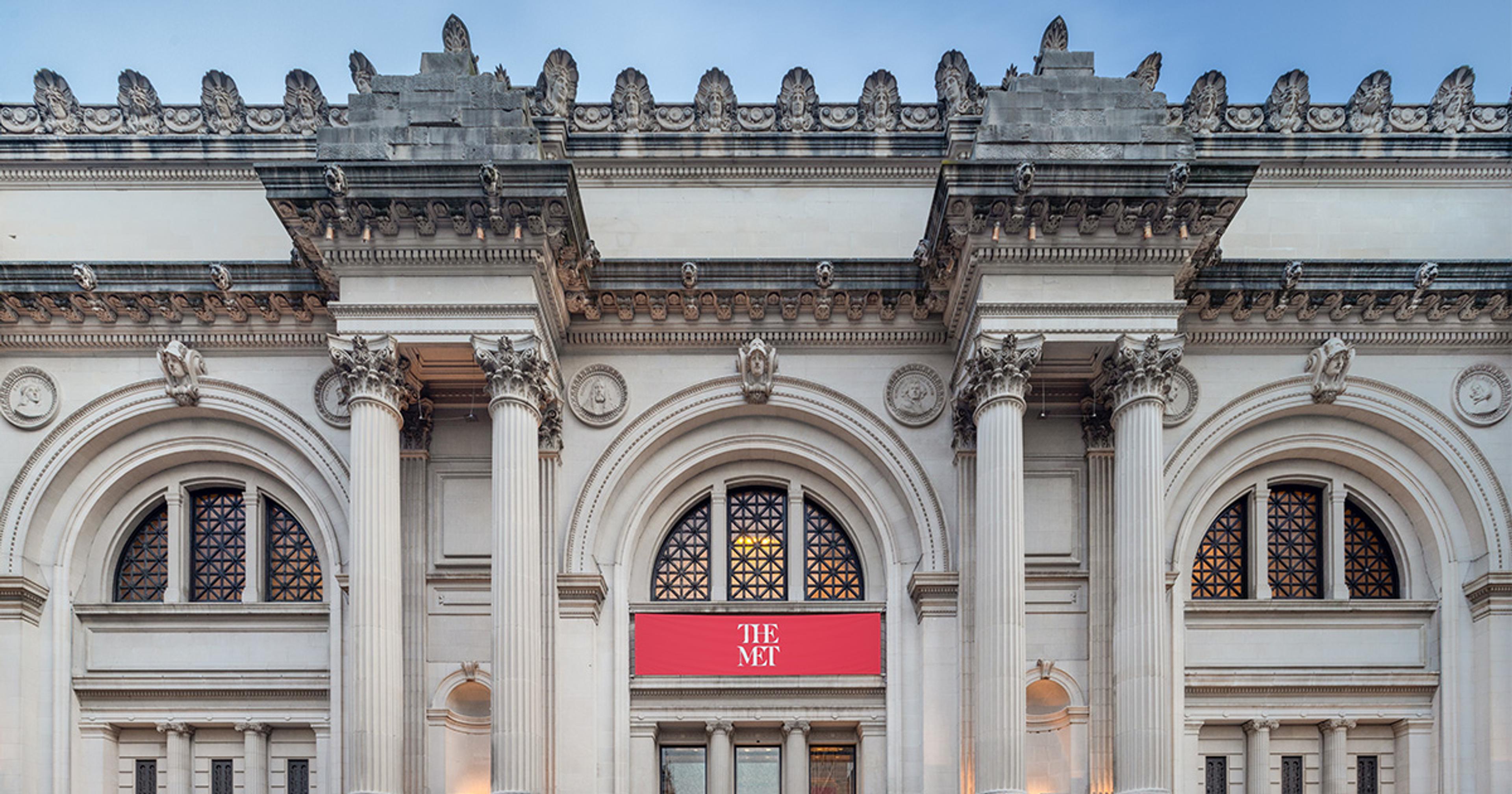
Max Ernst: A Retrospective
Max Ernst (1891–1976) is a rarity, a German artist who impressed his French peers with his wit and imagination. He was also an artist who profoundly influenced more than one generation of American as well as European painters: only Picasso played a role as decisive as Ernst in the invention of modern techniques and styles. As a leader of the Cologne Dada movement immediately after World War I, Ernst created collages in which he combined mundane and banal materials, transforming them into magical, surprising images by means of what has been called "visual alchemy." Proto-Surrealist paintings he produced between 1921 and 1923, first in Cologne, then in Paris—where he moved in 1922—are signature works of the Surrealist movement. Powerfully appealing and mysterious, these pictures inspired the early efforts of Tanguy, Magritte, Dalí and other Surrealists. Even more emblematic of Surrealist style than the paintings are Ernst's collages, in particular his utterly unique and bizarre collage novels composed of disparate elements cut from nineteenth-century engravings. The paintings and collages alike are steeped in Freudian metaphor, private mythology, and evocations of childhood memories.
As Ernst's work developed, he for the most part eschewed the magic-realist imagery of one strain of Surrealism, channeling his energies into experiments with the unusual techniques of frottage, grattage, and decalcomania. Forced by World War II to flee Europe for the United States, the artist began his American career in 1941. He produced paintings, collages, and sculptures, initially in New York and later in Arizona, that were an important influence on the emerging Abstract Expressionists and were subsequently to inspire new generations of artists. After the war, Ernst returned to Europe, settling in France, where he continued to work until his death.
This volume accompanies a major retrospective of Ernst's work at The Metropolitan Museum of Art, the first held in the United States in thirty years. Every work in the exhibition is reproduced in the lavish plates section of the book, and many comparative illustrations are included. The texts by experts in the field follow Ernst's peripatetic career and offer fresh insights into his oeuvre. Sabine Rewald's introduction gives an overview of Ernst's character and career. In one essay Werner Spies writes of the coexistence of nightmare and exaltation in Ernst's work, and in a second text he interprets the artist's career in America, especially in regard to the autobiographical painting Vox Angelica. Ludger Derenthal examines the subject of Ernst's involvement with politics. Thomas Gaehtgens's topic is Ernst and the old masters. Robert Storr's text is a highly personal view of the collage novels. And Pepe Karmel illuminates the surprising connections between Ernst's work and that of contemporary artists. It is a tribute to Ernst's complexity and ingenuity that these essays shed light on many heretofore unexplored aspects of his oeuvre.
Met Art in Publication
You May Also Like
Press the down key to skip to the last item.
Citation
Spies, Werner, and Sabine Rewald. 2005. Max Ernst: A Retrospective [Exhibition, the Metropolitan Museum of Art, New York, Apr. 7-July 10, 2005]. New York: the Metropolitan museum of art.

